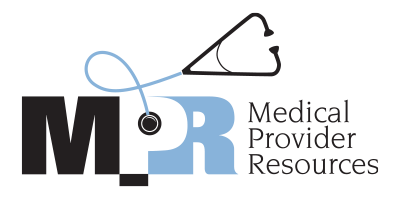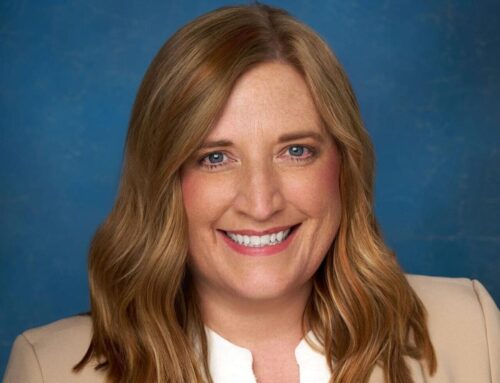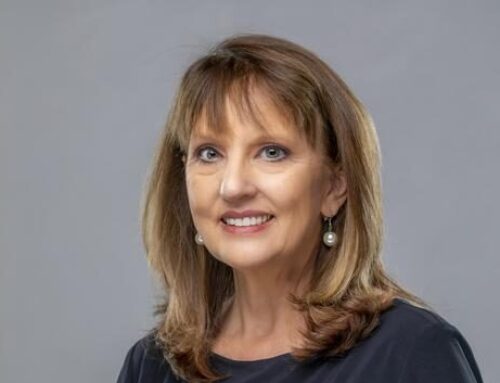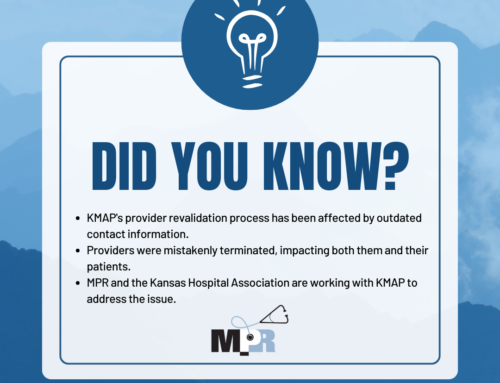Essentials for Navigating Successful Centralization of Services: A Case Study
“The process is easier said than done and will fail if efficiencies are not easily recognizable. It also helps that the development process is consensus-driven.” – Vicki Bond – CEO, Medical Provider Resources, Inc.
The Situation
The community of 350,000 had 4 hospitals and 1250 physicians with privileges and membership at 2 or more of the hospitals. The city was Wichita, Kansas. The hospitals included Wesley Medical Center, St. Francis Hospital, St. Joseph Hospital, and Riverside Hospital.
Until 1989, each hospital had its own, but similar, credentialing processes and none of the medical staff offices performed payor enrollment credentialing. Providers practicing at more than one hospital were separately credentialed at each facility using paper documents. Further complicating matters was duplication across the hospitals, with each managing their processes a bit differently. Half of the physicians required duplicate credentialing. All hospitals required three professional references further irritating practicing providers listed as references on all applications.
The Medical Staff Professionals (MSPs) for the hospitals recognized the scope of the problem. They organized a discussion with the county medical society and began to lead an effort to centralize credentialing efforts across the city. This was the beginning of a change in paradigm.
Engaging Key Stakeholders
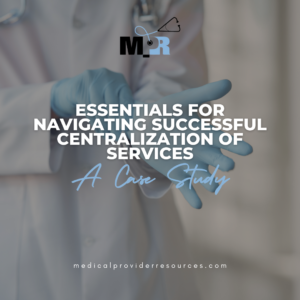 The medical staff leaders were pleased with the idea of centralizing processes. The idea gained wide acceptance as key stakeholders began to realize the efficiency in gathering data and the synergy of involving the county medical society.
The medical staff leaders were pleased with the idea of centralizing processes. The idea gained wide acceptance as key stakeholders began to realize the efficiency in gathering data and the synergy of involving the county medical society.
For the core work, each hospital provided one representative from its medical staff office. The representatives were the Medical Staff Coordinators. The medical staff offices at each hospital had historically been responsible for all credentialing. Establishing a centralized process meant they would need to give up some control of the credentialing process, so their active involvement in determining the future model was crucial. They met often and interviewed and hired an executive director of a program initially called The Kansas Physician Information Verification Program (KPIVP), a term that was hard to say and not well understood in the community. This was obstacle number one.
The hard work began as the medical staff office coordinators began to define the process of gathering data, the credentialing process that would meet the different hospital credentialing requirements and the fee schedule to help offset the cost of running the program. It was determined the KPIVP would be a non-profit organization and housed at the county medical society.
This was not an easy process and there was a lot of negotiation and much needed collaboration to define the different aspects of the program including the depth of credentialing, the tools needed to perform the credentialing and the method of sharing the credentialing files with each hospital. At the time of the launch of the KPIVP, the average turn-around time to get a physician fully credentialed in the city was 60-65 days. Again, the year was 1989. There were not many electronic verifications available and most of the hard work of credentialing had to be performed by writing a letter to primary source verification and waiting for a response to be received via the post office.
With the successful launch of the centralized program, the KPIVP, the medical staff offices began work on other areas of running a medical staff office.
The Serendipity of Events
One of the key stakeholders in the development of the KPIVP was Vicki Bond, the Medical Staff Coordinator at Wesley Medical Center. Vicki and her husband were starting their young family and with three children, Vicki decided to put her career in medical staff services on hold and transitioned to a full-time mother. She wasn’t home long before the Kansas Hospital Association called with news of a critical access hospital in northern Kansas that had a credentialing need. The medical staff services professional at the hospital has left and there was a need to credential a radiologist. The Kansas Hospital Association asked Vicki if she could assist the hospital with the process. The year was 1992. Vicki agreed to perform the credentialing of the physician and worked on the file when the kids were napping. The process took some time with all the verification letters coming to her home. When the file was complete, she made a copy for herself and mailed the original to the hospital. The hospital confirmed receipt of the file and was pleased with the process although they were having difficulty in recruiting a new medical staff services professional.
After about three weeks, the hospital called Vicki again and asked if they could contract with her for the primary source verification of their credentialing files. Vicki agreed to provide services from her home in Wichita.
Expanding the Model
The credentialing requirements of the critical access hospitals varied from the model of the KPIVP developed at the medical society. Where the medical society was only interested in providing credentialing to physicians, there was a need at critical access for hospitals to incorporate the advanced practice providers and the non-advanced practice providers into the credentialing process.
It was quickly realized the information requested on the initial appointment application mimicked to a degree, the information requested on the insurance enrollment applications. Only a couple of data items such as the tax identification number (TIN) and the taxonomy code were needed to complete the applications as these were data elements not requested or necessary for hospital membership and privileging credentialing.
The efficiency of gathering the provider data once and then re-purposing the data was quickly realized by the employed providers at the hospital.
Organic Growth
Critical access hospitals oftentimes share providers with neighboring community hospitals. Word began to grow, and services began being multiplied to other hospitals simply by word of mouth. It was time to incorporate and name the company. The decision was made to name the company Medical Staff Services, Inc. (MSSI). Over time, as the children grew, so did the business of credentialing at the critical access hospitals around the state of Kansas. By 2010, the number had grown to 30 critical access hospitals.
Vicki received an email from the county medical society with an invitation to visit about a transition in the KPIVP program. The program had been aging and the executive director, hired when Vicki helped create the KPVIP program was retiring. The medical society needed a new direction and a new model.
After many discussions, it was decided the medical society would purchase the company Vicki had built, rename the company, and Vicki would become the CEO of the new company. The year was 2011.
Immediate Recognition of Local Efficiencies
To fill gap services, Vicki’s company, Medical Staff Services, Inc., had contracts with hospitals in Wichita to perform the credentialing for the advanced practice providers. The same hospitals had contracts with KPIVP to perform the physician credentialing. Combining both companies, allowed the hospitals to contract for all credentialing under one contract. The new company was identified as for-profit, a transition from the nonprofit model of the KPIVP and quickly built a physician member board of directors to apply oversight of the company. The board is a volunteer board and meets quarterly to discuss operations, financials, strategic planning, and growth.
A quick audit of provider names produced 25% of the same names in each of the two databases. One could deduce, 25% of the providers practicing in Wichita, had privileges at one or more critical access hospitals in the state of Kansas.
The challenges of finding software that would run both service lines (hospital credentialing and payor enrollment credentialing) proved to be incredibly difficult. The decision was made to hire software developers to write a computer software program as the one source of truth for provider data collection.
Summary
Centralization of services continues to be the trend in modern health care. Identifying efficiencies in the collection of data and the repurposing the same data to achieve different results is the key to successful centralization of services.
At MPR, we continue to look for ways to support health care providers, group practices, facilities, and networks by responding efficiently to the growing demands for credentialing requirements.
